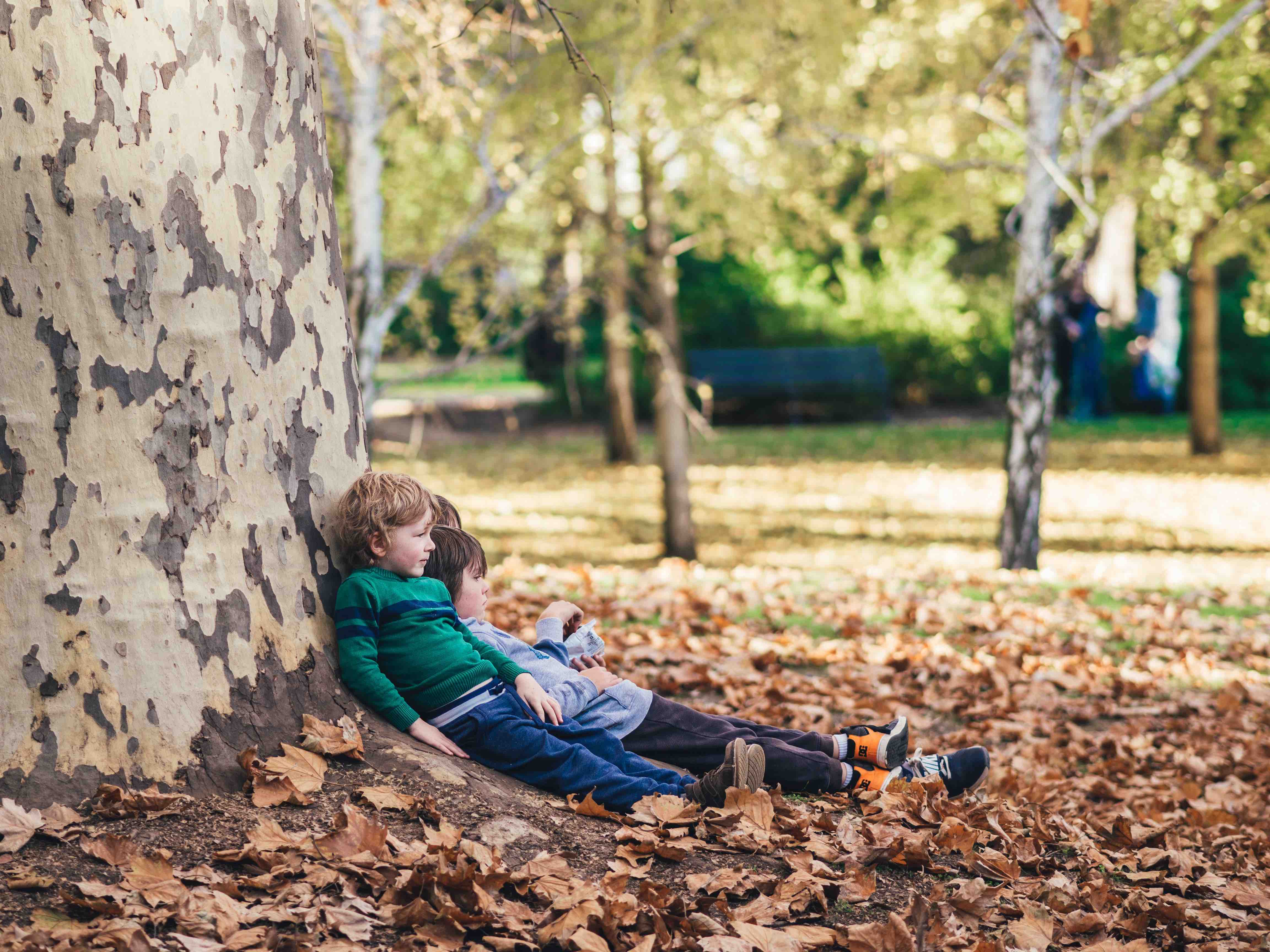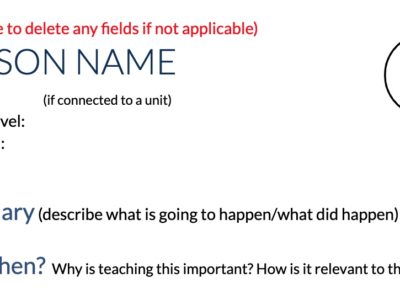Establishing a Daily Rhythm in Preschool
About This Resource
Details
The Rhythm of the Day at Alaya Preschool
By Steve Sachs
The rhythm of the day is the discipline in which the young child’s work is given some predictability. This rhythm allows the children and their teachers to relax within the forms of their day. A child’s experience throughout the day at Alaya arises out of the following forms and rhythms.
Entering
Greetings and welcoming the child and parent to Alaya. Teachers help the child in whatever way seems appropriate: exploring the environment; inviting the child to join an activity or social interaction; making one-on-one contact (a hug, holding, sharing some news or comment); giving time and space to stand back, look around, and join in at the child’s own pace.
Cleaning Up
A sense of ending and new beginning. To start, the blocks are there, available, waiting. We reach out and a wall is built, rearranged; a tower grows taller, taller, then tumbles. There are a corral and pens to keep the animals safe and at home on the farm. Then a message brings us back to Alaya: it’s almost time for circle. The farm can stay for later, or if not, the blocks have their places, back on the shelf where they wait for play to begin next time.
Circle Time
A time to come together in a group, sitting on the floor in a circle (other shapes are fun too!). A nice time for a story, songs, games. There is always a lot to share and to talk about: a recent airplane trip, Grandma visiting, going to the dentist, new shoes…Also there is much to look at, touch, smell, hear, share and think about: a great big pumpkin from the garden, how soft the leaf of the Lamb’s Ear plant is, the scent of the muffins the children helped to bake for our snack, songs to sing again and again, why the rolly-polly bug curls up in a ball when he’s touched, and so much more!
Snack
Washing hands, deciding where to sit, a little noise until the chairs are scooted in. It is good to come together, enjoying a moment of quiet, to settle bodies and relax before eating. Food is served and passed around. Children help with pouring, spreading, cutting. It is good to have nourishment. Conversation arises, food warms the body and the heart. As children finish, they ask to be excused. Napkins are placed in the wastebasket and dishes are placed on trays. Little hands like to squeeze the water from the sponges and wipe the tables. Alaya provides substantial, nutritious snacks in the morning and afternoon. Snacks are low in sugar and are vegetarian.
Outdoor Play
Little bodies need lots of fresh air, sunshine, and large spaces to run, climb, dig, swing, jump, ride trikes, play ball and games, and to just play. Children’s energy is boundless, and those muscles need to move. The outdoors are so generous. Throughout the day at Alaya, the children have ample time to run and play.
Morning Activity Time
Activities may vary depending upon the season. For instance, in the Spring, the air is getting warmer. How does it feel? Let’s take a walk today. It’s warm enough, we don’t need our coats. We see changes beginning to happen outside: a robin building a nest, a crocus raising its golden head, little buds sprouting on bare tree limbs, children playing outside. Let’s paint a picture about our Spring walk. What colors are like Springtime? What colors are the flowers? We could visit a farm to see the baby calves. How do calves eat? Can you hear them calling their mothers when they are hungry? How does a little baby tell her mother that she’s hungry? Does anybody have a baby at home? Maybe the strawberries are growing in the garden. Let’s go see. Look, they’re red: they’re ripe. We could pick some for our snack. How do they taste? Let’s pick some lilacs for the table. They smell so fragrant. What do flowers need to grow? How does the bird build its nest? Why does the snow melt? When will the robin’s eggs hatch? There is so much in the world to investigate and learn.
Our bodies help us explore the world as our minds begin to understand. Teachers offer the children activities and materials from which they can see, touch, taste, smell, hear and think about the world, each other, and themselves: activities from which they can grow. In participating in the activity, the teacher’s personal example speaks most deeply to the child. By tuning in to the cycles and patterns of the earth and the seasons, we begin to recognize and understand our own development.
Lunch
Much like snack, although the children bring their own lunches prepared from home. There is always some anticipation to see what has been put in the lunch boxes today.
Afternoon Nap or Rest
Some are at Alaya just for the morning. After lunch they play for a bit, then they gather their belongings and exchange farewells with friends and teachers. The children who stay for the afternoon gather for tea time and then either nap or a short rest. Nappers help set up the cots with their blankets and pillows. It feels good to lie down with something special from home: a blanket, small rug, pillow, stuffed animal, doll; to lie still and just listen. The children are tucked in and stories are read or told while the children begin to settle down. Backs are rubbed and, if needed, children are rocked. Soft music often helps ease children to sleep. Rest lasts about an hour. ‘Nappers’ sleep as long as they like, generally 1 – 2 hours.
Wake Up & Wrap Up
There is time for a little more mellow play time, and of course, another snack! The conversation never ends. Soon our loved ones will be here to pick us up.

We won’t have much compassion to give others if we’re not being kind to ourselves. –Ponlop Rinpoche
This article was originally published on Alaya Preschool’s website. It has been republished with permission.



